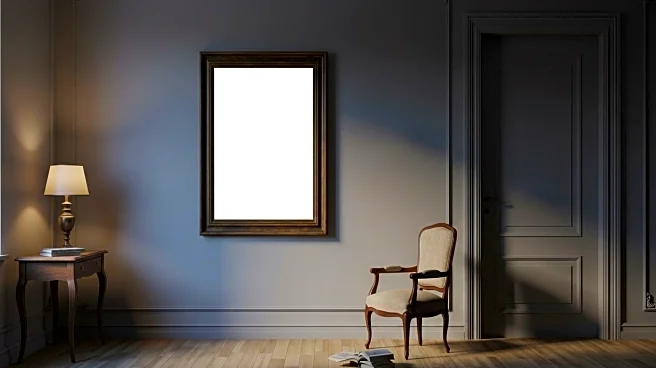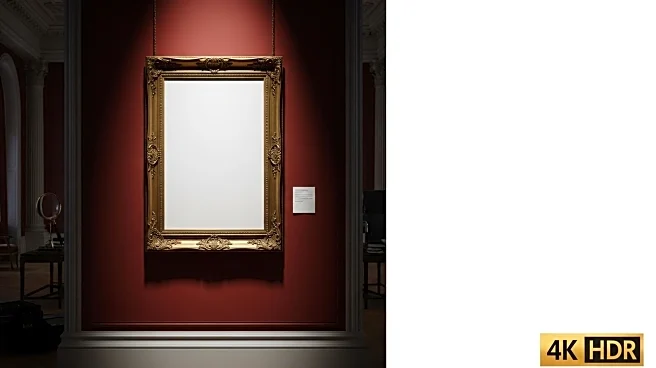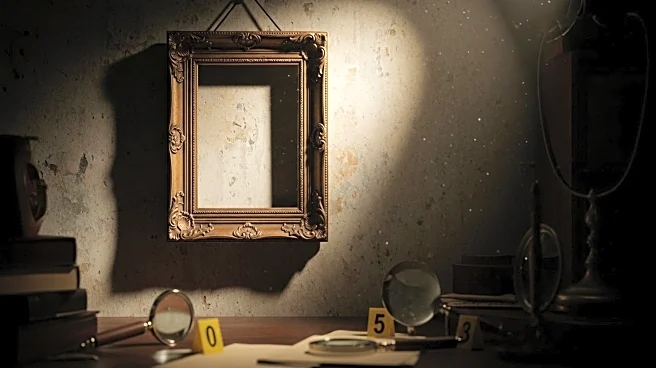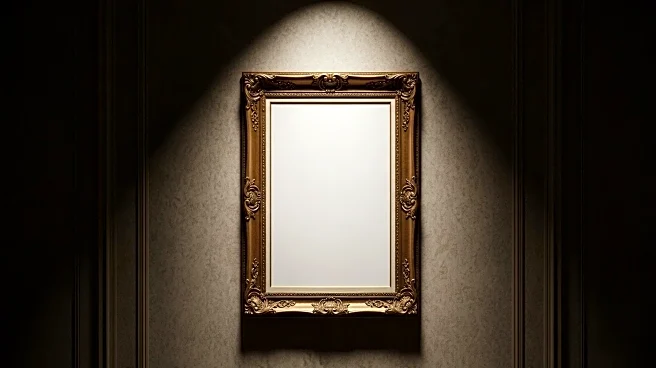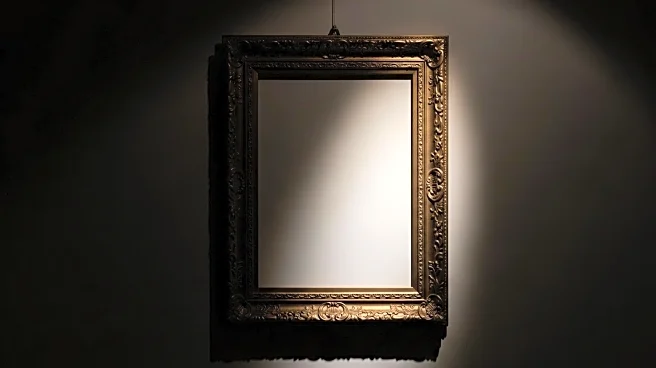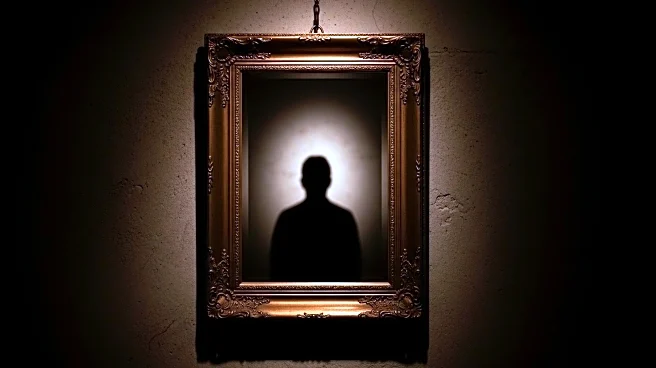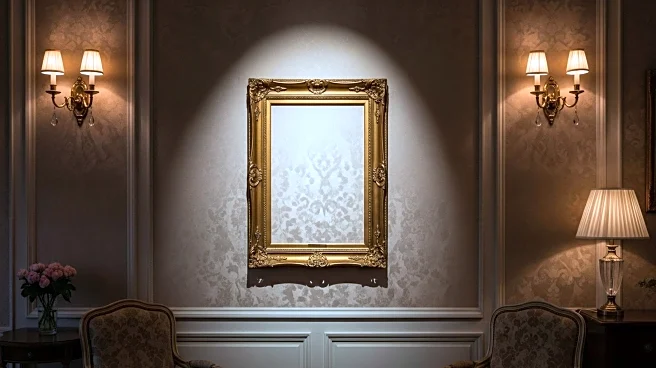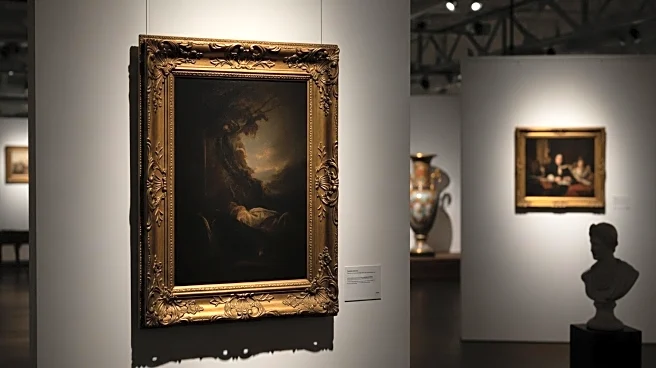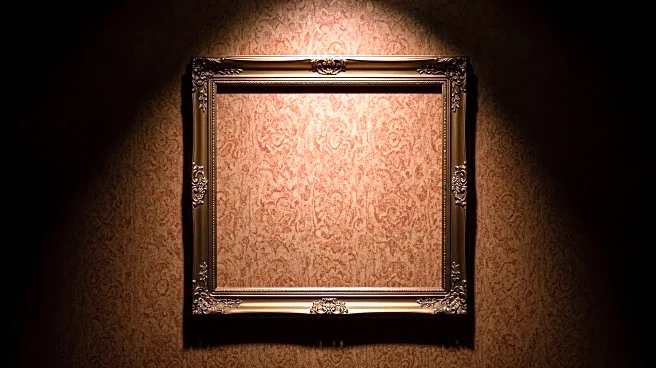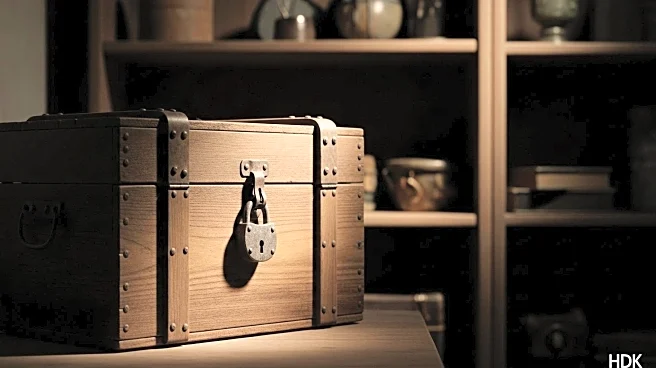What's Happening?
A Nazi-looted painting by Giuseppe Ghislandi was recently discovered in a real estate listing for a home in Argentina, only to disappear shortly thereafter. The painting, a portrait of a woman, is part of a database of lost art and was originally owned by Jacques Goudstikker, a Jewish dealer who fled the Netherlands during the Nazi regime. The disappearance has prompted a police investigation, with Interpol involved in the search. The painting's removal from the home has led to speculation and heightened interest in its whereabouts.
Why It's Important?
The disappearance of the Nazi-looted painting highlights ongoing challenges in recovering art stolen during World War II. It underscores the importance of international cooperation in tracking and returning cultural heritage to rightful owners. The case also raises awareness about the persistence of art theft and the need for vigilance in art transactions. Successful recovery efforts can provide justice to families affected by historical injustices and contribute to the preservation of cultural history.
What's Next?
Authorities, including Interpol, are actively searching for the missing painting, with efforts likely to intensify following its disappearance. The investigation may lead to further discoveries about the painting's history and ownership. If recovered, the painting could be returned to Goudstikker's descendants, continuing the process of restitution for Nazi-looted art.
Beyond the Headlines
The case reflects broader ethical and legal issues surrounding art restitution, including the complexities of proving ownership and the moral responsibility of current holders. It also highlights the role of technology and databases in identifying and tracking stolen art.
